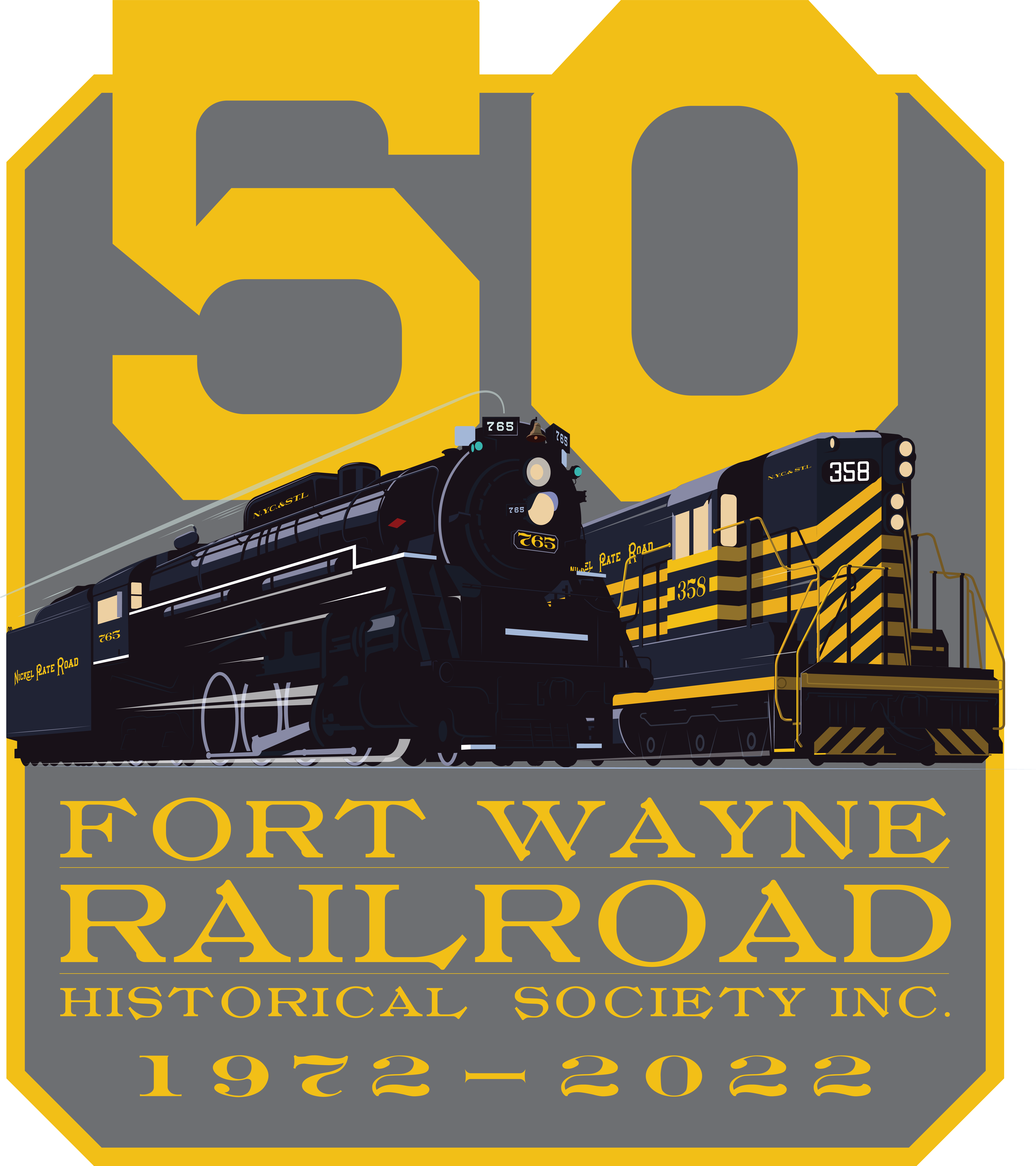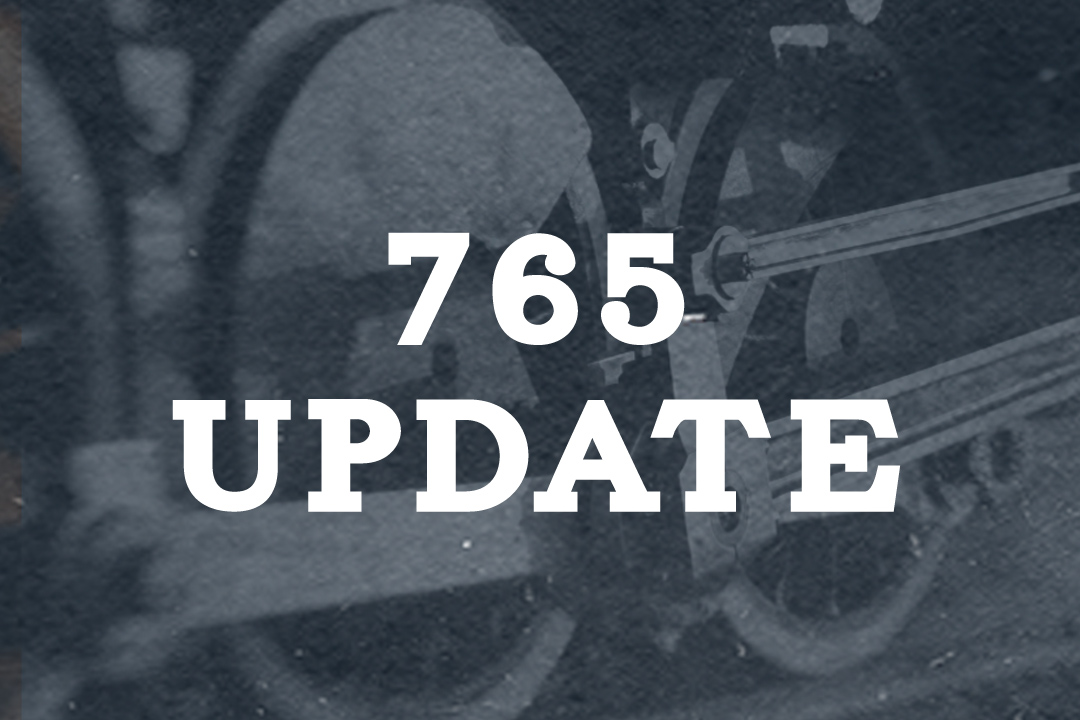Submitted by WD Miller.
WD Miller attended a three day Hatch & Kirk EMD engine class this week to help further the progress on Project 358. The following is his summary of the week.
Executive Summary:
This was a fact-filled three days at Hatch & Kirk, the planned materials in the book were very informative, the added experiences from the instructors were pure gold, and the hands-on demos and tools were the gravy on top. I would certainly recommend this class to others within our Society and any other operator of EMD products. This class teaches the right way of doing things for EMD engines, plus some “best practices” added by the instructors. The hard copy materials that we left with are a fantastic addition to our EMD library and will certainly come in handy for reference in the near future and for times to come. Below is a day-by-day account of the class that gives a bit more details. I want to thank the Board for allowing me this opportunity to achieve this certification, and to represent the FWRHS in the class. There were many who asked who we were, what we do, and if that steam engine really runs yet. They were all more interested in the SD9 though…they were all diesel mechanics, so it makes sense.
Detail Account:
Class was presented by two instructors, both well seasoned EMD mechanics. J.D. Level with 30+ years in the marine industry with EMD, working on boats with EMD power plants. Scott Daniels, 30+ years of EMD engine experience both in marine and on locomotives. Both very knowledgeable and eager to share their experiences and “tricks of the trade”.
We started on Tuesday with the usual introductions, history of EMD, history of Hatch & Kirk, brief overview of locomotive types and what EMD engines were in each originally. Day 1 continued with basic run down of the block and pan, the A frame, rotation and location of packs and basic engine construction, identifying the engine by serial number, and a description of all key components.
Detailed discussion of the power assemblies and components, included:
- Head
- Liner (with bore measurement demo)
- Piston
- Ring sets
- Connecting rods
- Carriers and Pins
- Water pumps
Day 1 ended with a demo of building a power pack up, and a water pump rebuild.
Day 2 started with a power assembly installation, one on both sides in fact. That was very informative to see how it is done, what troubles you can experience while installing a PA, and how things are lined up and torqued down eventually.
Once back in the classroom we expanded the discussion to the Top Deck, which included details on:
- Rocker arms & parts
- Cams
- Valve bridges (old and late versions)
- Crabs (old and late versions)
- Head seat ring (variations of)
Discussed the gear train and the differences in setup between a blown engine and a turbo engine. That lead into turbochargers, aftercoolers, ROOTS blowers, accessory drives, and main drives.
Day 3 started out in the shop where we learned how to qualify the engine timing with flywheel pointer and some simple math. Moved outside to look at several engine blocks that had various failures. Moved inside and looked at the top deck components in great detail. Everyone had a chance to set valve bridges, know the difference between the types of valve bridges, and the techniques to set each kind. Next was discussion on fuel injectors, and the specific kinds, plus how those are adjusted for optimal performance. The governor and fuel rack was then reviewed and the instructors added a bit of experience details on how to really dial in an engine on the fuel injectors and rack.
The day continued with air box inspections, crankshafts and bearings; lead readings and oil studies; troubleshooting for all the various components and systems.
Day 3 ended with a test, class evaluation, and receiving of our certificates. Then over to their main machine shop in downtown Alton for a tour of that facility.
The Future:
John from Hatch & Kirk discussed with me the possibility of bringing this class and other future class offerings (Advanced EMD and EMD Electrical) on the road. They would need a shop to host and an engine to work on. Nothing in detail was set, but left the door open for the opportunity to flourish. It would be great if HWJ was a bit closer to being complete, but even then once it is, what one more great opportunity to host and showcase our location and equipment for such classes. Something I think we should keep in our pocket as a partnership with H&K.
If any other questions regarding this class, I’d be happy to answer those questions anytime. The knowledge garnered from this class I will certainly pass on to those who are interested in learning, especially as we get hands-on with the prime mover.
Thank you.
W.D. Miller – Project Manager
Project 358



